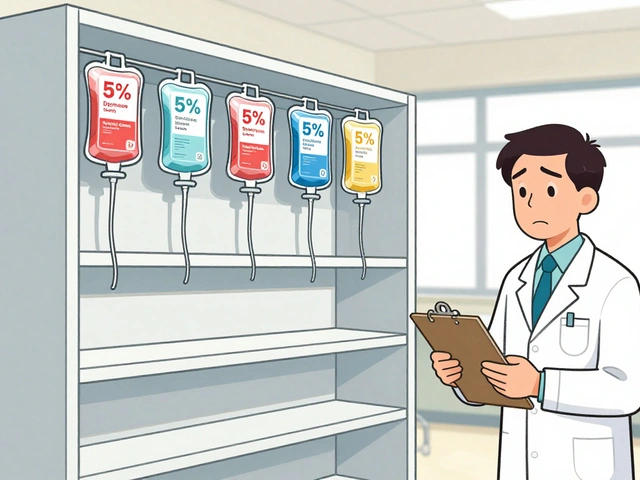Medication side effects: how to spot them and what to do
Did a pill ever make you dizzy, sick to your stomach, or keep you wired at night? Medication side effects are common, and knowing what to watch for can save you time, worry, and maybe an ER visit. This page gives practical steps to recognize, reduce, and report side effects so you can use medicines more safely.
Recognize the most common side effects
Some reactions are mild and expected: nausea, headache, drowsiness, constipation, or a rash. Others need attention: trouble breathing, swelling of the face or throat, severe rash, fainting, chest pain, or sudden confusion. Timing matters — if a new symptom appears after starting a drug, treat it as suspicious until you check it out.
Keep things simple: note when the symptom started, how severe it is (mild, bothersome, or disabling), and whether it gets better or worse with each dose. That record helps your pharmacist or doctor decide the next step.
Practical steps to manage side effects
1) Read the leaflet. The patient information sheet lists common side effects and safety tips. It’s plain language and often tells you what’s expected and what’s not.
2) Check interactions. If you’re taking more than one medicine — prescription, OTC, or supplement — ask a pharmacist about interactions. Some combos amplify side effects or reduce benefit.
3) Adjust timing or dose only with advice. Sometimes taking a pill with food, at night, or after lowering the dose fixes the problem. Don’t change the dose on your own.
4) Use symptom relief wisely. For example, mild stomach upset may improve with food or a small antacid; constipation can be helped by fiber and fluids. Ask a pharmacist what’s safe alongside your drug.
5) When to stop immediately: difficulty breathing, throat swelling, fainting, severe rash, or chest pain. These can be life-threatening. Call emergency services or go to the ER.
6) When to call your prescriber: if side effects interfere with daily life, don’t improve after a few days, or if you notice bleeding, yellowing of the skin/eyes, or new severe headaches. Your doctor may switch drugs or order tests.
Report what you experience. In many countries you can report side effects to a national authority (like FDA MedWatch in the US). Reporting helps build safety data that protects others.
If you want practical examples and deeper reads, check related articles on this site — from Ativan side effects to statin risks and drug interaction guides. If something feels off, reach out to a pharmacist or your clinician. Quick action usually makes a bad side effect manageable.

Didanosine, an important medication used for HIV treatment, can interact with several other drugs, leading to side effects or decreased effectiveness. This article covers the main ways didanosine interacts with other medications, explains why these reactions matter, and gives practical advice for anyone taking didanosine or caring for someone who is. You'll also find tips from Melbourne healthcare experts and real-life scenarios to help you make safer choices. Avoid dangerous combinations and get the facts you need to protect your health.






